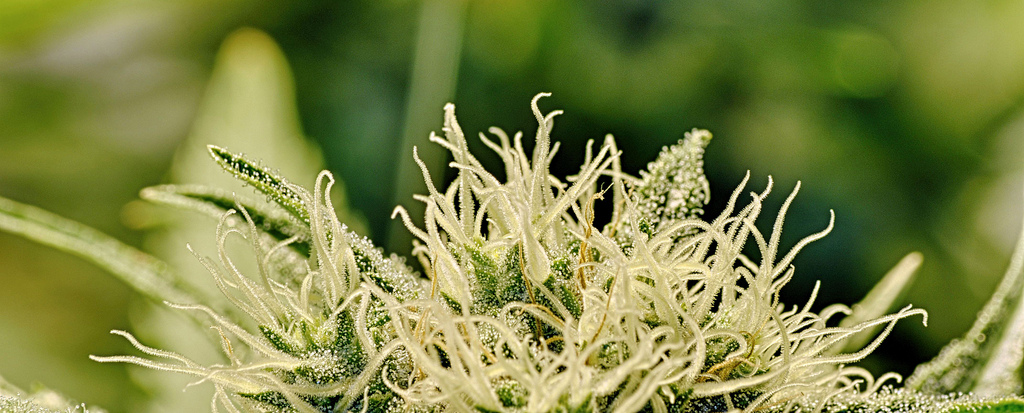Colorado state, according to figures released by state authorities, earned $3.2 million in marijuana tax revenue during the month of February. This is more than the $2.9 million that the state earned during January, which marked the advent of the state’s marijuana legalization experiment.
Although, while marijuana tax revenue did see an increase, the state’s projected $3.7 million in marijuana tax revenue for the month of February appears to have been an overshot. Nonetheless, reports maintain that Colorado’s recreational marijuana program is expected to generate $98 million this year, which exceeds the state’s initial estimates by 40%.
By the numbers, $1.43 million of Colorado’s marijuana tax revenue in February came from a special 10% sales tax on recreational marijuana; an additional $438,253 came from the state’s standard 2.9% sales tax. Medical marijuana sales, which are only taxed by the state’s generic 2.9% sales tax, produced just over $1 million dollars in revenue during the month of February—this is much more than the state’s $791,000 projection for the medical industry.
The 15% excise tax on recreational marijuana still seems to be less effective than first predicted: with a total of $339,615, the excise tax generated only 54% of February’s $739,330 expected revenue. In January, the marijuana excise tax only produced $195,318.
Denver County continues to generate the largest amount of marijuana tax revenue for the state of Colorado, where the 2.9% generic sales tax produced $483,432 from the medical market and $245,709 from the recreational market, and the special 10% sales tax for recreational added another $710,930.
Natalie Mullis is the chief economist for Colorado’s legislative Council, the agency tasked with providing the state with revenue forecasts. “It’s impossible to know, based on these first two months, how much revenue they’ll be in the future,” Mullis said, addressing why future revenues from the medical and recreational cannabis industries remain uncertain. “This isn’t representative of what revenues they’ll be a year, or even six months from now.”
The first $40 million—about 30% of the projected $134 million from total marijuana taxes—is already slated for helping to improve school districts across the state, which has been the plan for Amendment 64 all along. As far as Colorado’s overall state budget is concerned, legal marijuana’s tax revenues will only represent 1.4% of the state’s available general fund.
One Colorado company named Moody’s Investors Service has been closely monitoring the now-regulated market, and has said that legal cannabis sales in Colorado should shrink the black market and plug more tax payments into state coffers, but representatives are warning that, despite the growing buzz around marijuana legalization, these revenues are “still a very small fraction of the state’s overall budget. It’s not going to sway things too much in one way or another.”
While it certainly appears that marijuana tax revenues are starting off slowly, the new revenues are likely understated in the long term because many retail establishments were still unopened, growers had difficulty meeting buyers’ demand, and many localized jurisdictions had yet to issue the proper marijuana licenses.
Sources:
http://www.denverpost.com/news/ci_25532130/colorado-marijuana-tax-revenues-total-3-2-million
http://www.hightimes.com/read/colorado-marijuana-tax-revenues-32-million-february
Photo Credit: Don Goofy
